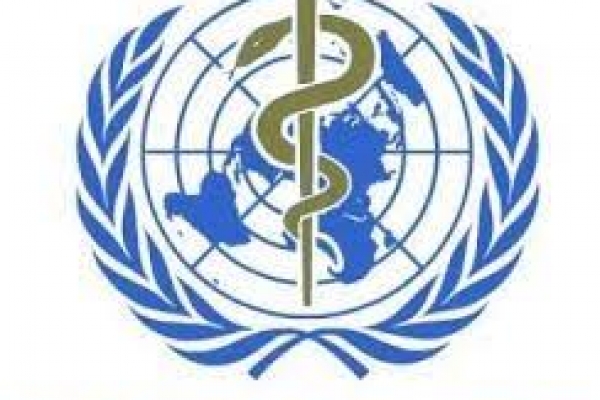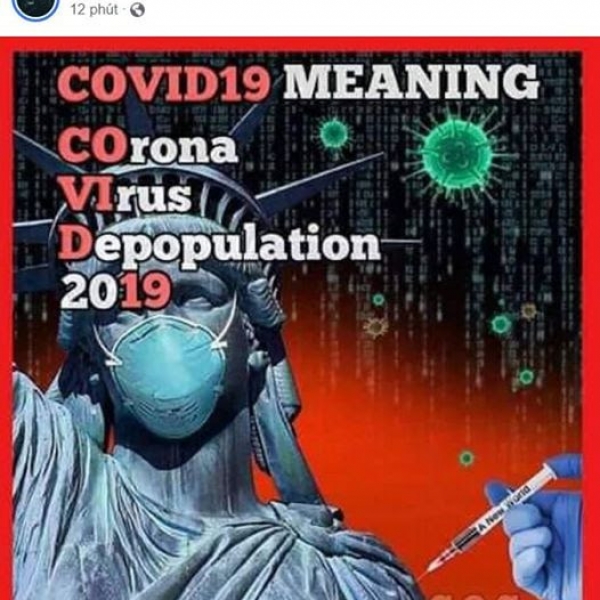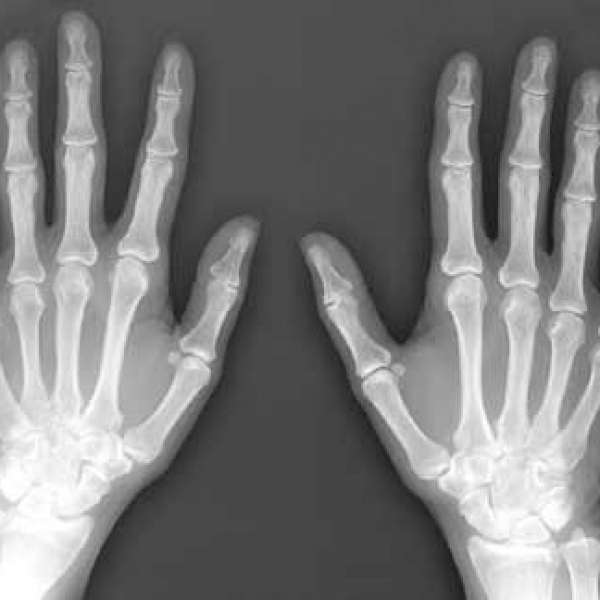Contact Admission
10 medical syndromes bearing character names in literature
A syndrome is a set of signs and symptoms that are interrelated and often a specific disease or disorder. Here are the 10 syndromes that are named after literary characters.
1. Rapunzel syndrome

This is a syndrome named after a beautiful princess with long, silky blonde hair in the Grimm fairy tale. In the manga, the princess, trapped atop a tall tower, drops her long hair for the prince to climb up to save her. Medically, this syndrome is called trichobezoar, a rare condition characterized by intestinal obstruction caused by eating hair and occurs mainly in patients diagnosed with trichotillomania. , a psychological condition that prompts a person to pull hair and eat uncontrollably. Patients often present to their doctor symptoms of abdominal pain, nausea, and vomiting. Other symptoms of Rapunzel syndrome include bloating, decreased appetite, weight loss, constipation or diarrhea.
2. Othello syndrome

This syndrome is named after a famous figure in Shakespeare's drama for killing his wife in jealousy. Also called delusional jealousy. The syndrome describes a person's belief that their partner is unfaithful; and therefore will bring unfounded charges to convict your spouse. The suspect increasingly suffers from emotional pain, loss of freedom, and possible violence.
3. Lady Windermere syndrome

Named after the lively but meticulous woman, from the play by Oscar Wilde. This bacterial lung disease presents symptoms such as persistent cough, difficulty breathing, and lethargy; and is often treated with strong antibiotics and anti-tuberculosis drugs.
4. Peter Pan syndrome

Is the syndrome named after a boy who refuses to grow, Peter Pan - a character created by writer JM Barrie. People with this syndrome exhibit immaturity in almost all areas of life. They shirk responsibility, oppose generally accepted norms. And often more focused on imagination than on real life.
5. Mowgli syndrome

Named after the main character in 'The Jungle Boy' by Rudyard Kipling. This syndrome is used to describe children with weak mental and / or physical characteristics, especially those who suffer from great stress from parental apathy and abuse. It is also used to refer to children raised without the influence of human education, such as children thought to be abandoned and raised by a wild animal.
6. Cinderella syndrome

Syndrome is named after Cinderella - Cinderella of Charles Perrault. This is a fairy character that has been transformed into an animated cartoon by Disney. In psychology, adopted or step children can sometimes be observed to have this syndrome. These children will make up weird stories about how they are abused, mistreated and / or abandoned by their adoptive mother, stepmother or stepfather.
7. Pickwickian syndrome

Named after a very fat voracious boy named Joe Pickwick, a character in the first Charles Dickens novel. Medically called obesity hypoventilation syndrome. This medical condition is associated with a combination of excessive obesity and sleep apnea. This is a life-threatening disorder characterized by disruption of repetitive breathing rhythm during sleep.
8. Huckleberry Finn Syndrome

The syndrome is named after a famous adventure character created by writer Mark Twain. The character Huckleberry Finn was abandoned by his father and was not aware of his responsibility. Psychology believes that people with this syndrome since childhood have always tried to avoid responsibility, grow up will change friends, work, have no stability in life. This can be a self-defense system because from a young age, parents are not recognized as capable or rejected, leading to depression and self-depreciation in children.
9. Dorian Gray syndrome

Named after the character in the Oscar Wilde novel, about a beautiful young man who does not want to grow old. The syndrome describes people who are too important in terms of perfect appearance despite not having any defects. They have difficulty coping with aging. Therefore, they try to 'embrace their youth' by relying heavily on aesthetic techniques and beauty products.
10. 'Alice in Wonderland' syndrome '

Named after the heroine in Lewis Carroll's most famous work. This neurological disorder is a condition in which a person seeing visual distortion, noticing that parts of the body or any other object has changed in shape or size. Although it is most associated with migraines, it can also be a sign of epilepsy, a mononucleosis or hallucinogenic medication.
Duy Anh
Faculty of Medicine
Other news
- Commencement of Construction of Two Special Projects ( 10:35 - 30/12/2023 )
- EXPANDING A NEW COLLABORATION OPPORTUNITY WITH GLOBAL ENGAGEMENT INSTITUTE (GEI) ( 08:32 - 22/12/2023 )
- Red-shanked Douc Langur Has Become the Symbolic Mascot of Phan Chau Trinh University ( 08:45 - 14/12/2023 )
- FORGING INTERNATIONAL COLLABORATION WITH VOLUNTEERING JOURNEYS ORGANIZATION ( 08:52 - 06/12/2023 )
- TIẾP ĐÓN, TRAO ĐỔI HỢP TÁC VỚI TỔ CHỨC VOLUNTEERING JOURNEYS ( 08:44 - 06/12/2023 )
- RESEARCH IDEAS COMPETITION FINALS FOR STUDENTS ( 13:37 - 02/12/2023 )
- Khóa học “Bồi dưỡng nghiệp vụ sư phạm cho giảng viên Đại học, Cao đẳng” ( 13:19 - 28/11/2023 )
- Phan Chau Trinh University is listed in the World Directory of Medical Schools by WHO. ( 08:04 - 23/11/2023 )
- Phan Chau Trinh University Participated in the 13th World Congress of the World Society for Pediatric Infectious Diseases (WSPID 2023) – South Africa ( 14:30 - 21/11/2023 )
- Celebrate the 41st Anniversary of Vietnamese Teachers' Day 20/11/2023 ( 13:33 - 16/11/2023 )








